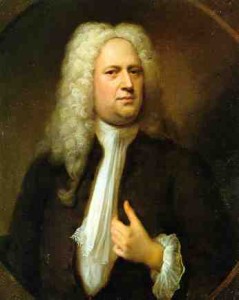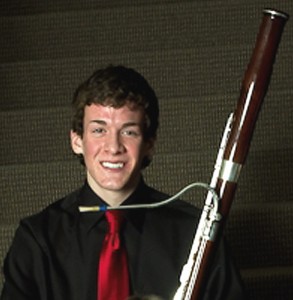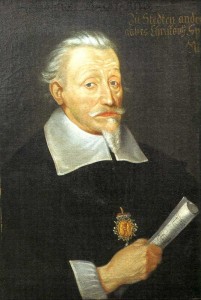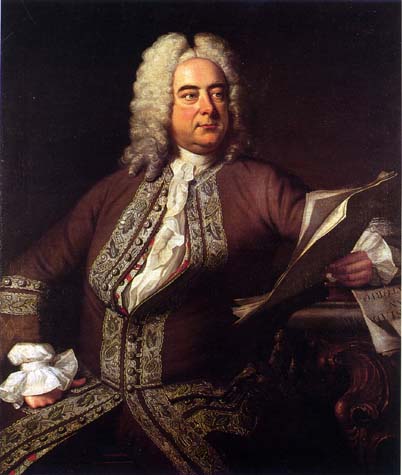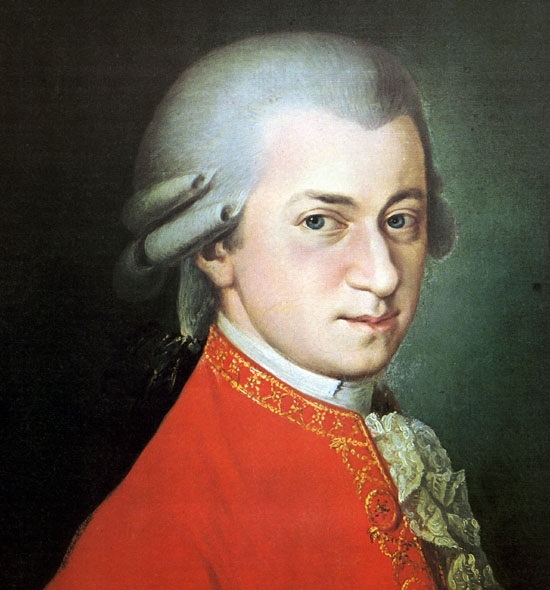Originally published in 1651 by John Playford, the first edition of The English Dancing Master contained over one hundred country dances and ballad airs. This extremely popular volume, which went through several editions over the subsequent 75 years, described the method of performing these dances, and gave a melodic line for each. As many musicians have done since the first publication of this work, Musica Pacifica have created their own arrangements of melodies from The English Dancing Master. Today, we will hear five of these virtuosic arrangements. First is “Newcastle,” which incorporates a two-part setting by violinist David Douglass, following that is the lively “Rufty Tufty,” and then a morose air called “Irish Lamentation.” The fourth dance is an up-tempo “Scotch Cap” and rounding out the selection will be the whimsical “Jack’s Maggot.”
country dances and ballad airs. This extremely popular volume, which went through several editions over the subsequent 75 years, described the method of performing these dances, and gave a melodic line for each. As many musicians have done since the first publication of this work, Musica Pacifica have created their own arrangements of melodies from The English Dancing Master. Today, we will hear five of these virtuosic arrangements. First is “Newcastle,” which incorporates a two-part setting by violinist David Douglass, following that is the lively “Rufty Tufty,” and then a morose air called “Irish Lamentation.” The fourth dance is an up-tempo “Scotch Cap” and rounding out the selection will be the whimsical “Jack’s Maggot.”
Musica Pacifica perform English Country Dances:
(Video courtesy of Musica Pacifica)
[11:25]
Podcast produced by Joshua Sauvageau

 “If music be the food of love, play on.”
“If music be the food of love, play on.”